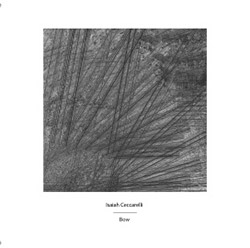
Montreal-based Composer-percussionist Isaiah Ceccarelli, well known through his Ambiances Magnetiques releases, in 7 compositions, a mix of timbrally-based music in which he himself performs, and through-composed pieces that focus on harmonic progressions, performed as string duos, trios, and quartets.
Out of Stock
Quantity in Basket: None
Log In to use our Wish List
Shipping Weight: 3.00 units
Sample The Album:
Katelyn Clark-accordion
Isaiah Ceccarelli-percussion, organ, composer
Gregor Riddell-cello
Robert Ames-viola
Galya Bisengalieva-violin
Mira Benjamin-violin
Click an artist name above to see in-stock items for that artist.
Label: Another Timbre
Catalog ID: at107
Squidco Product Code: 23756
Format: CD
Condition: New
Released: 2017
Country: UK
Tracks 1 and 7 recorded in Sainte-Ursule, Quebec, 14th June 2014.
Tracks 2, 4 and 6 recorded in Ealing, West London, 10th December 2015.
Tracks 3 and 5 recorded at the University of Huddersfield, 30th September 2015
"The third CD in the Canadian Composers Series contains seven pieces by Isaiah Ceccarelli, a composer-percussionist who lives in Montreal. The music Ceccarelli composes falls broadly into two categories: timbrally-based music in which he himself performs, and through-composed pieces that focus on harmonic progressions. His CD Bow presents both of these sides of his work: the title track, 'Falsobordone' and 'Dunstable' are compositions for string trio or quartet, while the 'Oslo Harmonies' and 'Sainte-Ursule' tracks are semi-improvised duos in which Ceccarelli plays alongside violinist Mira Benjamin (Oslo Harmonies) and Katelyn Clark, who performs on a rarely-heard medieval keyboard instrument, the organetto on the Sainte-Ursule pieces."-Another Timbre
Another Timbre Interview with Isaiah Ceccarelli:
"Two very different soundworlds co-exist on your CD. Does this represent a schizophrenic music personality, or do they actually connect more closely than is apparent?
It's probably that I'm a little bit schizophrenic in music because I've always liked so many very different things. But specifically I'd say that the way that I play on the tracks with Katelyn Clark and Mira Benjamin is only outwardly different from the music I compose on the string pieces. When I'm making that kind of timbral music I much prefer to be involved playing as part of the sound. I think if I just composed it and handed it over to musicians - even fantastic musicians - then it probably wouldn't come through in the same way and I wouldn't be happy with the outcome. It's not that they wouldn't do it well, but if I wasn't involved I just wouldn't quite get the timbral sounds quality that I wanted (mostly through my own faults as a composer!), so in the end it would feel that composing like that was like banging my head against a brick wall.
But working alongside Katelyn or Mira, we don't have to worry too much about what's written on the page, but we can talk about it and try things out and the page is just to remind us about where we're going with the next step. With Mira, I feel that it's more comfortable to have even just two notes written on a page than to be freely improvising - even if those two notes have got to last an hour, she'll make them sound great. With Katelyn on the Sainte-Ursule pieces we talked about it and found sounds that we liked and then did many takes of the same thing - or it was always a bit different, but it sounded generally the same. I think when we play it'll probably always sound a bit like that - kind of clanky metallic percussion with drones.But back to the album, for me the more improvised pieces - Oslo Harmonies and the Sainte-Ursule tracks - are really like the same music as the string pieces but behind a veil. It's as if you're further away, are listening from a distance, or it's just more opaque. Especially with the reed organ on Oslo Harmonies Part 1. The reed organ is like the strings in the string pieces but has such a peculiar sound. But the timbral quality of the reed organ doesn't hide the fact that the harmonies are kind of the same as in those string pieces. The string music is more in your face; it's 95% clear and is directly there in front of you.
But the underlying sound is basically the same across all the album. It's just that when we're playing the more open stuff we're adding layers of veils on top of the harmonies. But none of the music is melodic; it's all harmonic, it's just the string pieces are more clear and directly harmonic than the others.
How did you come to study with Laurence Crane, given that he's in London and you live in Montréal?
I booked half a dozen lessons with him and came to stay in London for four weeks. Laurence told me to bring pretty much everything I'd ever written, so I collected everything I had together and burned lots of CDs, and we essentially just went through it. We talked about how to make ideas clear, and he told me how not to waste time and space in composition, and how not to have seventeen ideas packed in where two would work. And he also told me about various practical aspects, like how the score looks, how the parts look, how many measures or bars to have on a line - just practical things that all help to clarify the work. It was a mixture of creativity and just nuts and bolts, which is something I really like."
Artist Biographies
• Show Bio for Katelyn Clark "Canadian harpsichordist Katelyn Clark [Victoria, British Columbia] specializes in the performance of historical repertoire and experimental music on early keyboard instruments. As a soloist and ensemble musician, she has performed in Europe, the USA, and Canada, and has appeared at such diverse festivals as the Vancouver New Music Festival and the Festival Medièval d'Elx. An active performer and commissioner of new works for harpsichord and other early keyboards, Katelyn has premiered over 100 solo and chamber works, including recent compositions by Linda Catlin Smith, Tawnie Olson, and Anna Pidgorna. A native of Victoria, British Columbia, Katelyn studied with many of Canada's early music pedagogues and completed a master's degree in harpsichord and basso continuo with Bob van Asperen at the Amsterdam Conservatory in The Netherlands. While in Amsterdam, she learned contemporary harpsichord repertoire with the late Annelie de Man. Katelyn also studied with Christophe Rousset at the Accademia Musicale Chigiana in Siena, Italy, holds a master's degree in music from the University of Victoria, and a doctorate in performance from McGill University, advised by Hank Knox and Tom Beghin. Katelyn has been an artist in residence at the Banff Centre, NES in Iceland, Artscape on Toronto Island, and was a fellow at OMI in the USA. Her artistic study and practice have been generously supported by the Canada Council for the Arts, The BC Arts Council, Le Conseil des arts et des lettres du Québec, The Banff Centre, and the Early Music Society of the Islands." ^ Hide Bio for Katelyn Clark • Show Bio for Isaiah Ceccarelli "Isaiah Ceccarelli. Born Chetwynd, British Columbia, Canada, 1978. Residence: Montréal, Québec. Composer, Performer (drum set, percussion). Isaiah Ceccarelli is a drummer, improviser, and composer based in Montréal. His music has been qualified as "one of the most original approaches to come through our offices in recent times" (Marc Chénard, La Scena Musicale) and he has been described as possessing "a writing style with rare personality in this musical context" (Thierry Lepin, Jazzman Magazine). He participates in numerous creative music projects with Michel F Côté, Pierre-Yves Martel, Lori Freedman, Jean Derome, Bernard Falaise, Joshua Zubot and Philippe Lauzier, amongst others. He plays with Félix Stüssi and Ray Anderson, as well as with the Acadian singer Marie-Jo Thério. Proud ambassador of a new generation of creative musicians in Québec, his collaborations have led him on tour in Europe, North America, Asia and Australia. Isaiah has composed music for two of his own albums, Bréviaire d'épuisements and Lieux-dits (both on the Ambiances Magnétiques label), and for ensembles and musicians such as Quatuor Bozzini, Ensemble Allogène, the violist Jennifer Thiessen, and Ensemble Kô. He sings with the Schola Saint-Grégoire (Gregorian chant). A seasoned musician and composer, Isaiah Ceccarelli is, in the words of Charles Collard from La Scena Musicale, "a jewel in the crown of the Montréal scene and his presence is felt on several fronts at the same time." ^ Hide Bio for Isaiah Ceccarelli • Show Bio for Gregor Riddell "Gregor Riddell is a cellist and composer. He is a founder member of numerous ensembles including the Solstice Quartet, Tre Voci, BirdWorld, Living Room in London and Odysseus Piano Trio with whom his has performed extensively across Europe. Recent commissions include the LCO, Asamisimasa Ensemble, a double cello concerto premiered in La Paz (Bolivia), and a work for cello and electronics written for the BEAST sound system. Since living in Norway he has become a member of composersÕ collective NMK and performed with artists including Streifenjunko, Vilde & Inga, Darkling, Rydin and recorded with the Oslo Sinfonietta. Upcoming plans include developing a digital radio station that offers a platform to highlight contemporary music taking place across the UK and Scandanavia." ^ Hide Bio for Gregor Riddell • Show Bio for Robert Ames "Robert Ames (born 8 October 1985) is a British conductor and violist, who holds the positions of co-Artistic Director and co-Principal Conductor of the London Contemporary Orchestra Born in Kettering, Northamptonshire, he studied at the Royal Academy of Music. While at University, Robert met Hugh Brunt, who together founded the London Contemporary Orchestra in 2008. He was made an Associate of the Royal Academy of Music in 2016. In September 2016 he was announced as the co-principal conductor of the London Contemporary Orchestra where he conducts across an eclectic range of venues from Oval Space in East London through to Barbican Centre . Ames regularly works at Abbey Road, the National Theatre and film studio projects such as John MacleanÕs Slow West (Sundance Film Festival Award), Macbeth and Theeb (BAFTA winning and Oscar nominated). Ames has collaborated with a wide range of artists including Frank Ocean, Imogen Heap, Ron Arad, Belle & Sebastian, Vivian Westwood, DJ Shadow, Jonny Greenwood, Radiohead and Foals." ^ Hide Bio for Robert Ames • Show Bio for Galya Bisengalieva "Galya Bisengalieva, a gifted violinist of Kazakh origin, was born into a musical family and began playing at the age of five. She graduated from the Royal Academy of Music under Gyòrgy Pauk with First Class Honours in 2009 and from the Royal College of Music with Distinction under Yossi Zivoni in 2011. Galya has appeared as soloist with orchestras in both Europe and Asia, performing concertos by Beethoven, Brahms, Mendelssohn, Bernstein and Bruch and has held a post of Soloist with the Kazakh State Symphony Orchestra since 2010. She is a deeply committed chamber musician, founder of the Gagliano Ensemble and has held the position of concertmaster in several orchestras, which has taken her to prestigious venues such as Column's Hall, Moscow, National Centre of the Performing Arts, Mumbai, and the Lincoln and Kennedy Centres in America. She has furthermore led under the baton of such illustrious conductors as Sir Colin Davis, Vladimir Ashkenazy and Vladimir Jurowski. Future engagements include a performance of Mozart's Sinfonia Concertante and a performance of contemporary works with the London Contemporary Orchestra Soloists as part of the Harmonic Series at the Royal Festival Hall. Galya has been kindly supported by the Musicians Benevolent Foundation, Seary Trust, St. Marylebone Education Foundation, Armitage Foundation and Henry Wood Trust." ^ Hide Bio for Galya Bisengalieva • Show Bio for Mira Benjamin "Mira Benjamin is a Canadian violinist, researcher and new-music instigator. She performs new and experimental music, with a special interest in microtonality & tuning practice. She actively commissions music from composers at all stages of their careers, and develops each new work through multiple performances. Current collaborations include new works by Anna Höstman, Scott McLaughlin, Amber Priestley, Taylor Brook and James Weeks. Since 2011, Mira has co-directed NU:NORD - a project-based music and performance network which instigates artistic exchanges and encourages community building between music creators from Canada, Norway & the UK. To date NU:NORD has engaged 79 artists and commissioned 62 new works. Through this initiative, Mira hopes to offer a foundation from which Canadian artists can reach out to artistic communities overseas, and provide a conduit through which UK & Norwegian artists can access Canada's rich art culture. Originally from Vancouver, British Columbia, Mira lived for ten years in Montréal, where she was a member of Quatuor Bozzini. Since 2014 she has resided in London (UK), where she regularly performs with ensembles such as Apartment House, Decibel, and the London Contemporary Orchestra Soloists, and is currently the Duncan Druce Scholar in Music Performance at the University of Huddersfield. Mira is the recipient of the 2016 Virginia Parker Prize from the Canada Council for the Arts. The prize is awarded annually to a Canadian musician in recognition of their contribution to the artistic life in Canada and internationally." ^ Hide Bio for Mira Benjamin
7/9/2025
Have a better biography or biography source? Please Contact Us so that we can update this biography.
7/9/2025
Have a better biography or biography source? Please Contact Us so that we can update this biography.
7/9/2025
Have a better biography or biography source? Please Contact Us so that we can update this biography.
7/9/2025
Have a better biography or biography source? Please Contact Us so that we can update this biography.
7/9/2025
Have a better biography or biography source? Please Contact Us so that we can update this biography.
7/9/2025
Have a better biography or biography source? Please Contact Us so that we can update this biography.
Track Listing:
1. Sainte-Ursule #11 3:20
2. Falsobordone 9:07
3. Oslo Harmonies Part One 8:55
4. Bow 10:41
5. Oslo Harmonies Part Two 16:17
6. Dunstable 17:04
7. Sainte-Ursule #2 5:20
Compositional Forms
Sextet Recordings
Musique Actuelle
Stringed Instruments
Canadian Composition & Improvisation
Search for other titles on the label:
Another Timbre.



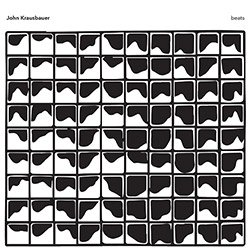
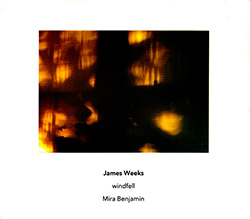
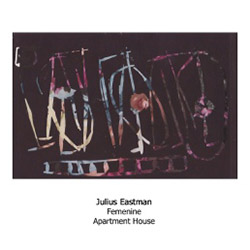
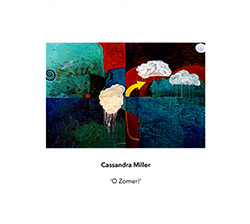
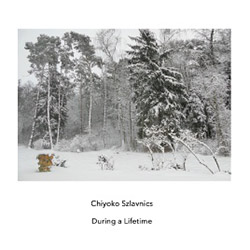
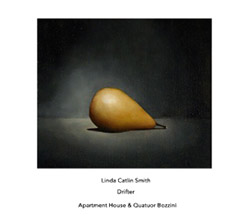
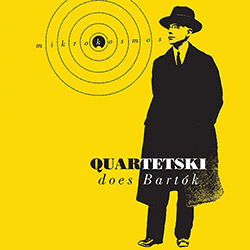
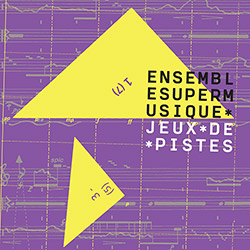
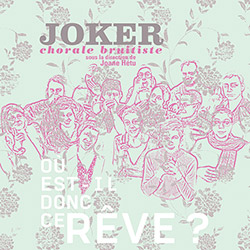
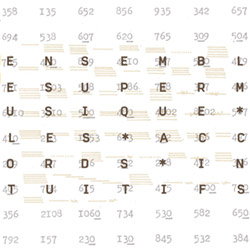
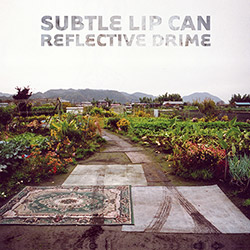
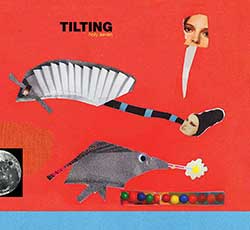
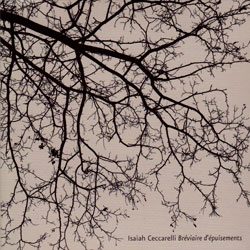
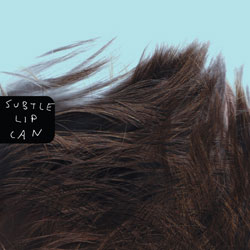
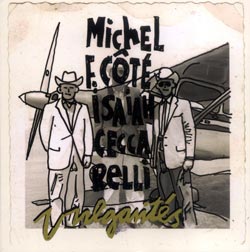
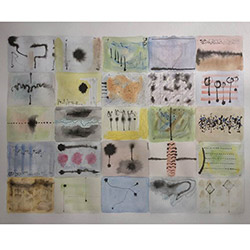
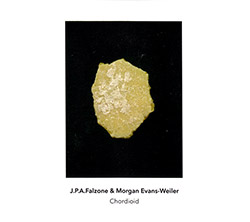
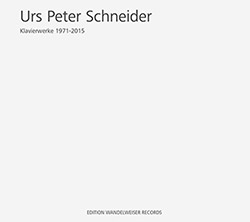
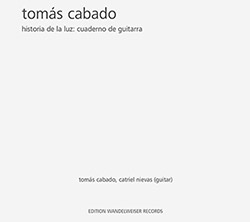
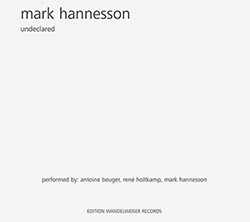
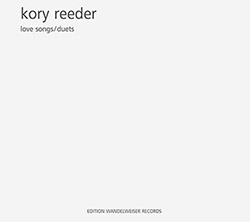
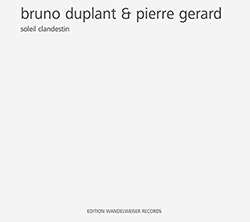
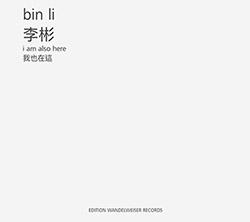
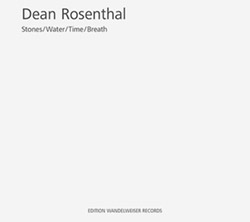
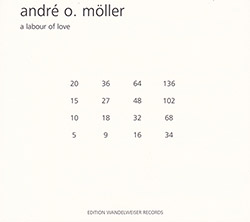
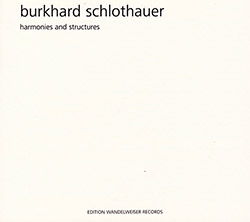

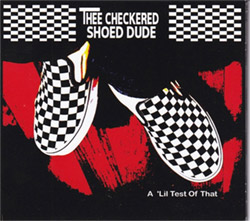
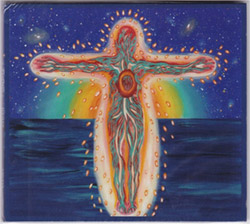
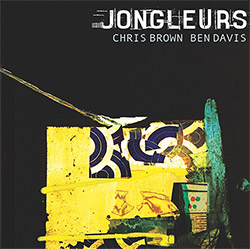
![BlueRing Improvisers: Materia [2 CDs]](https://www.teuthida.com/productImages/misc4/36513.jpg)
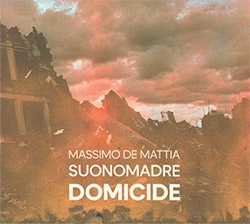
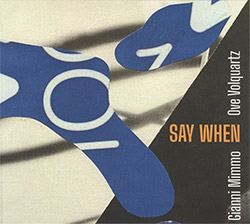
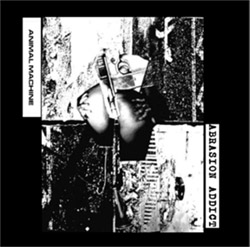
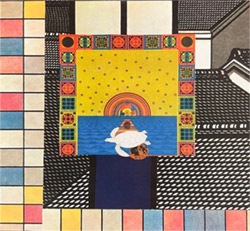
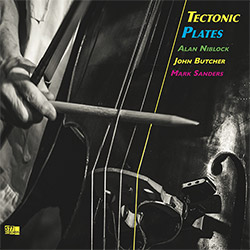
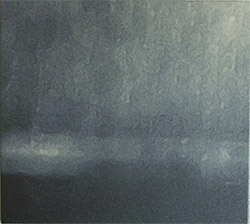

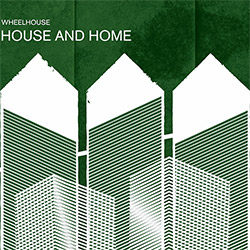
![Wheelhouse (Rempis / Adasiewicz / McBride): House And Home [VINYL]](https://www.teuthida.com/productImages/misc4/36462.jpg)
![+DOG+: The Light Of Our Lives [2 CDs]](https://www.teuthida.com/productImages/misc4/36009.jpg)

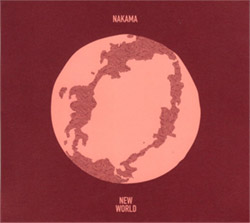
![Parker, Evan / Jean-Marc Foussat: Insolence [VINYL]](https://www.teuthida.com/productImages/misc4/36398.jpg)
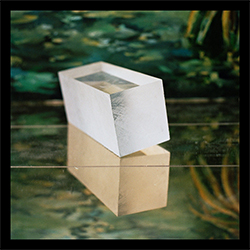
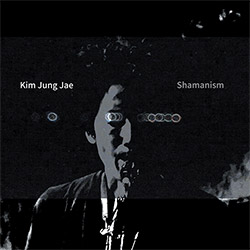
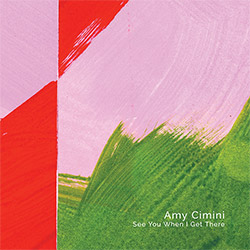
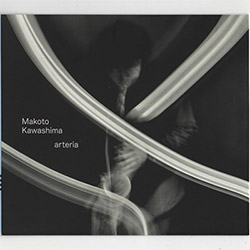
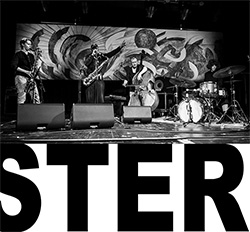
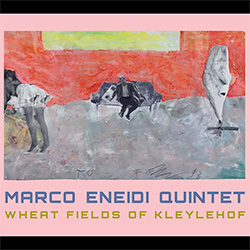
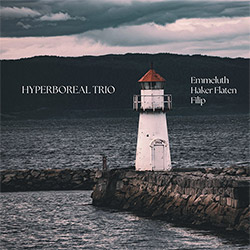
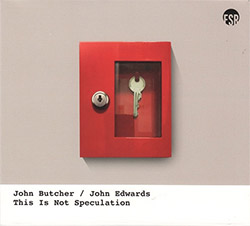
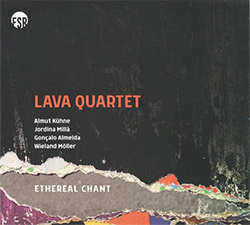
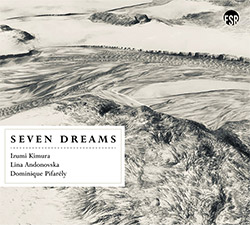
![Deupree, Jerome / Sylvie Courvoisier / Lester St. Louis / Joe Morris: Canyon [2 CDs]](https://www.teuthida.com/productImages/misc4/36404.jpg)
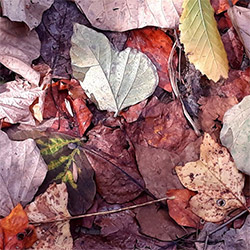
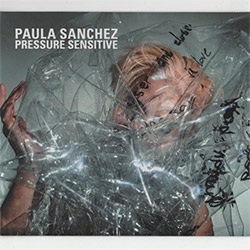
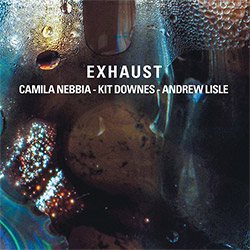
![Eventless Plot | Haarvol: The Subliminal Paths [CASSETTE + DOWNLOAD]](https://www.teuthida.com/productImages/misc4/36232.jpg)
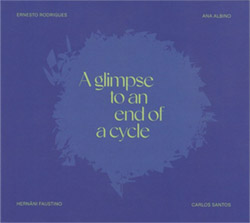
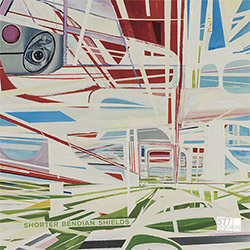
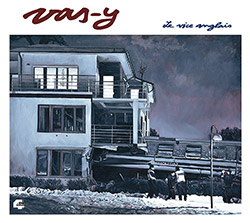


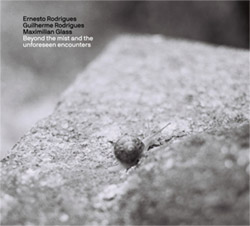

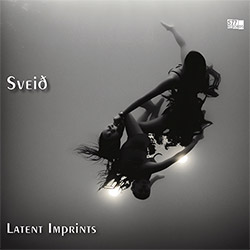
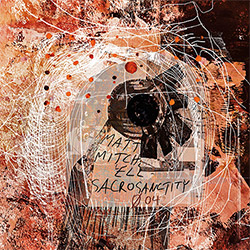
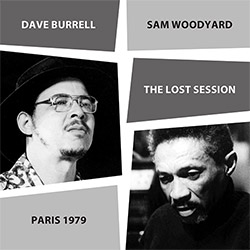
![Eventless Plot | Francesco Covarino: Methexis [CASSETTE + DOWNLOAD]](https://www.teuthida.com/productImages/misc4/36231.jpg)
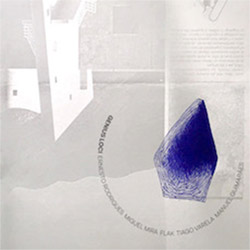
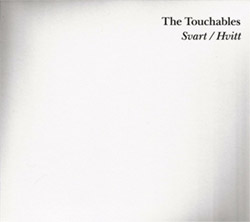
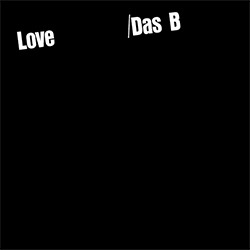
![Das B (Mazen Kerbaj / Mike Majkowski / Magda Mayas / Tony Buck): Love [VINYL]](https://www.teuthida.com/productImages/misc4/36329.jpg)
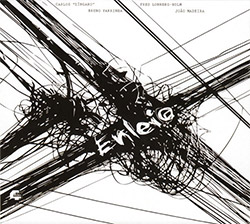
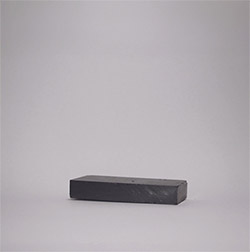
![Eternities: Rides Again [CASSETTE]](https://www.teuthida.com/productImages/misc4/36247.jpg)
![Lopez, Francisco: Untitled (2021-2022) [2 CDs]](https://www.teuthida.com/productImages/misc4/36438.jpg)
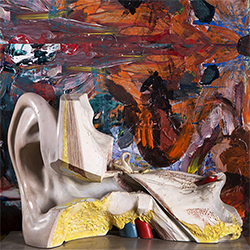
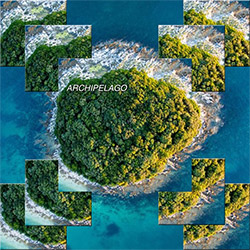
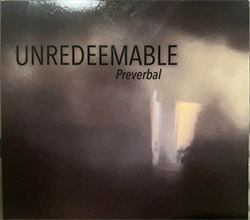
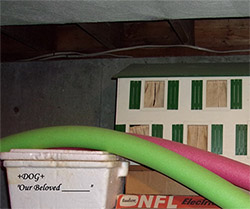
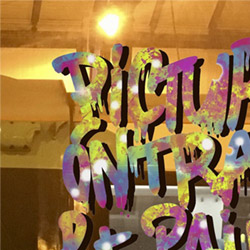
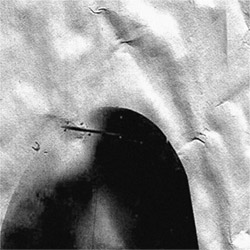
![Money : Money 2 [2 CDs]](https://www.teuthida.com/productImages/misc4/35894.jpg)
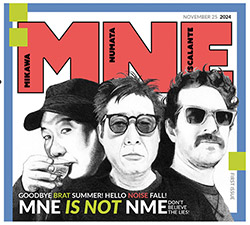
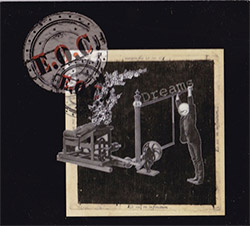
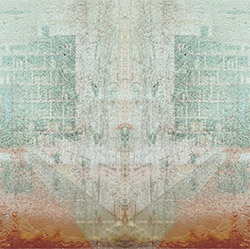
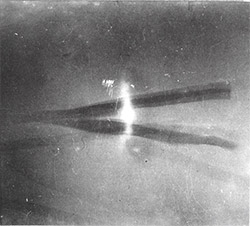
![Klinga, Erik: Elusive Shimmer [VINYL]](https://www.teuthida.com/productImages/misc4/36258.jpg)
![CHANGES TO blind (Phil Zampino): Volume 9 - I Wave on a Fine Vile Mist [CD + DOWNLOAD]](https://www.teuthida.com/productImages/misc4/36061.jpg)

![Wallmart / Rubbish: Asset Protection [split CD]](https://www.teuthida.com/productImages/misc4/35900.jpg)
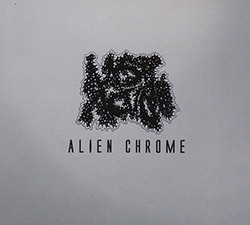
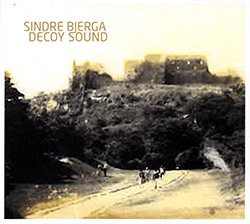
![+Dog+: The Family Music Book Vol. 5 [2 CDs]](https://www.teuthida.com/productImages/misc4/35897.jpg)
![Kuvveti, Deli : Kuslar Soyledi [CASSETTE w/ DOWNLOAD]](https://www.teuthida.com/productImages/misc4/36107.jpg)
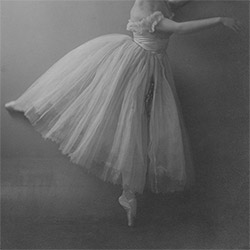
![Brown, Dan / Dan Reynolds: Live At The Grange Hall [unauthorized][CASSETTE]](https://www.teuthida.com/productImages/misc4/36245.jpg)
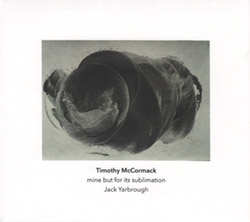

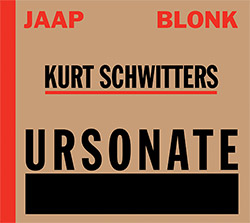
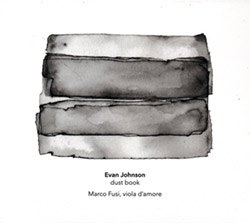
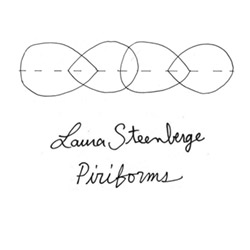
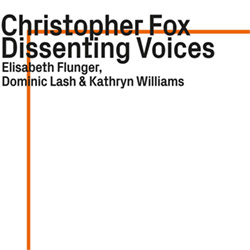
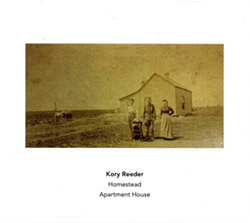
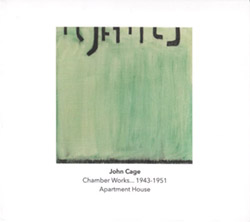
![Palestine, Charlemagne / Seppe Gebruers: Beyondddddd The Notessssss [VINYL]](https://www.teuthida.com/productImages/misc4/36206.jpg)
![Palestine, Charlemagne / Seppe Gebruers: Beyondddddd The Notessssss [NEON GREEN VINYL]](https://www.teuthida.com/productImages/misc4/36207.jpg)
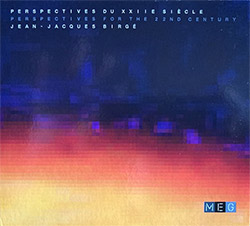
![Laubrock, Ingrid: Purposing The Air [2 CDs]](https://www.teuthida.com/productImages/misc4/35639.jpg)
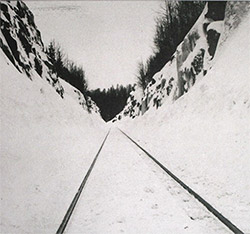
![Yoko, Ono / The Great Learning Orchestra: Selected Recordings From Grapefruit [2 CDs]](https://www.teuthida.com/productImages/misc4/35841.jpg)
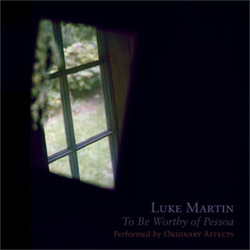
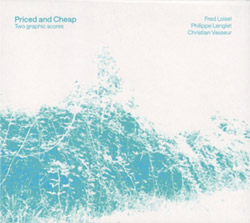
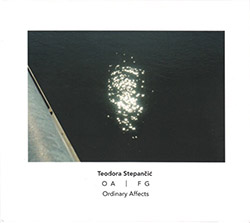
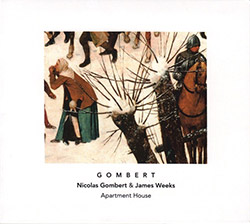

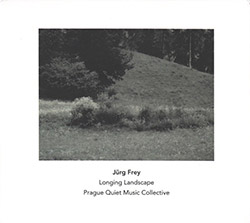


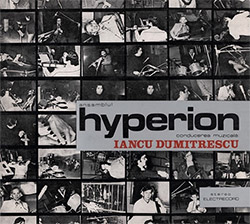
![Zorn, John / JACK Quartet: The Complete String Quartets [2 CDs]](https://www.teuthida.com/productImages/misc4/35609.jpg)

![Lonsdale, Eden: Dawnings [2 CDs]](https://www.teuthida.com/productImages/misc4/35480.jpg)
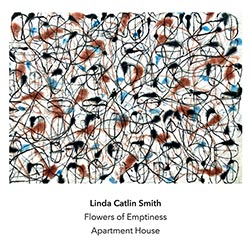
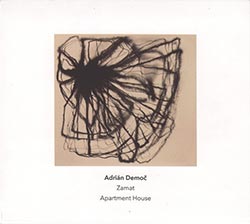
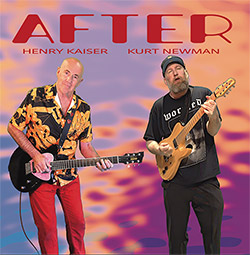
![Sorry For Laughing (G. Whitlow / M. Bates / Dave-Id / E. Ka-Spel): Rain Flowers [2 CDS]](https://www.teuthida.com/productImages/misc4/35985.jpg)

![Rolando, Tommaso / Andy Moor : Biscotti [CASSETTE w/ DOWNLOADS]](https://www.teuthida.com/productImages/misc4/36106.jpg)
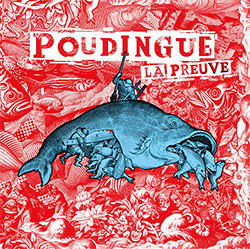
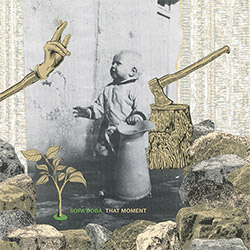
![Electric Bird Noise / Derek Roddy: 8-10-22 [CD EP]](https://www.teuthida.com/productImages/misc4/35970.jpg)
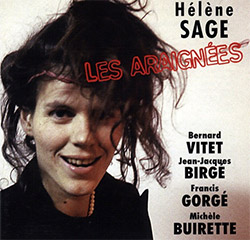


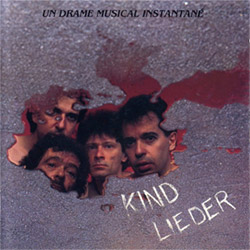
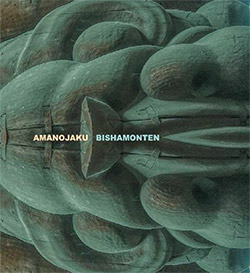
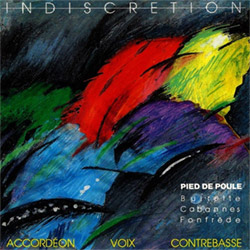
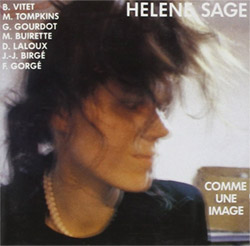
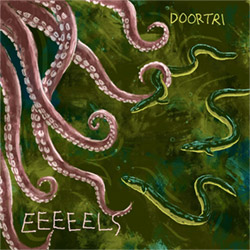
![Elephant9 : Mythical River [VINYL]](https://www.teuthida.com/productImages/misc4/34624.jpg)
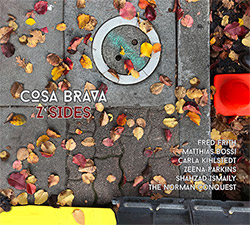
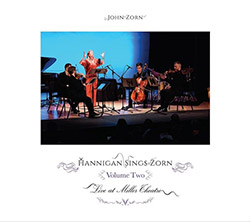
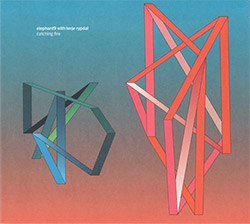
![Elephant9 with Terje Rypdal: Catching Fire [VINYL 2 LPs]](https://www.teuthida.com/productImages/misc4/35355.jpg)
![Deerlady (Obomsawin, Mali / Magdalena Abrego): Greatest Hits [VINYL]](https://www.teuthida.com/productImages/misc4/34876.jpg)
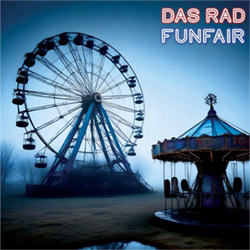
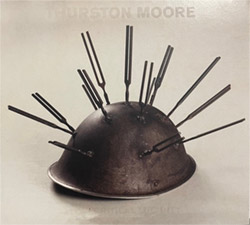
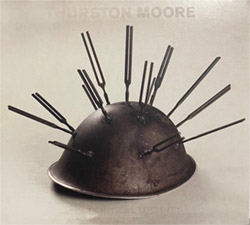

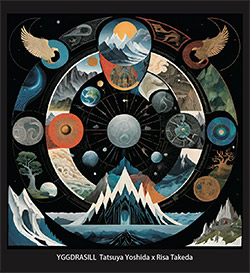
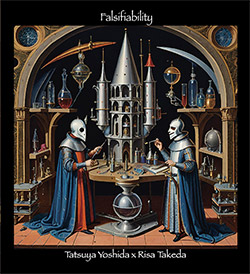
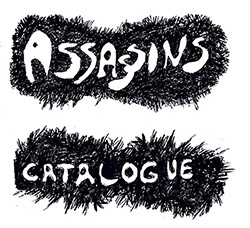
![Surplus 1980: Illusion of Consistency [CD]](https://www.teuthida.com/productImages/misc4/35069.jpg)
![Staiano, Moe: Away Towards the Light [VINYL + DOWNLOAD]](https://www.teuthida.com/productImages/misc4/35037.jpg)
![Coley, Byron: Dating Tips for Touring Bands [VINYL]](https://www.teuthida.com/productImages/misc4/17906.jpg)

![Lost Kisses: My Life is Sad & Funny [DVD]](https://www.teuthida.com/productImages/misc4/lostKissesDVD.jpg)